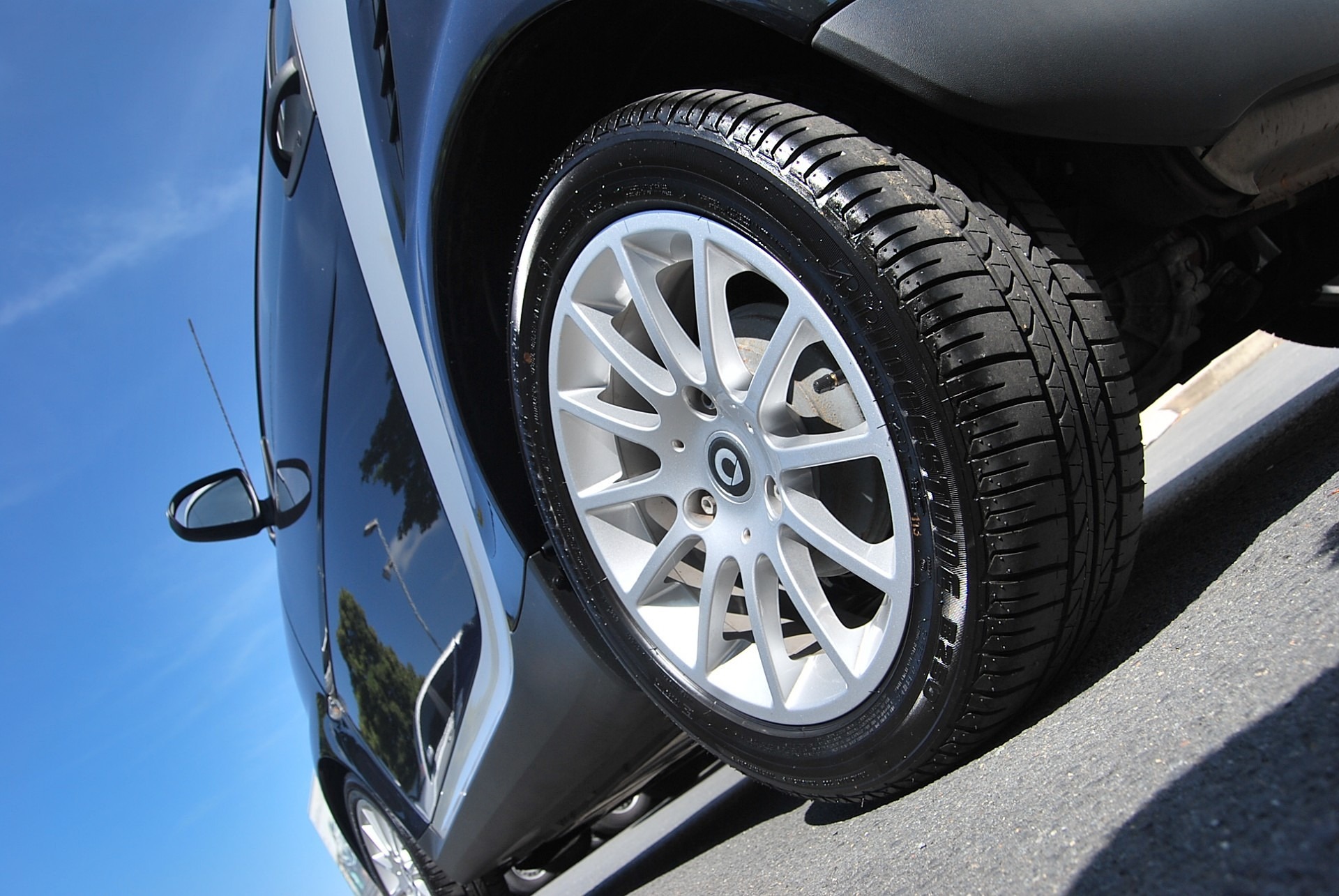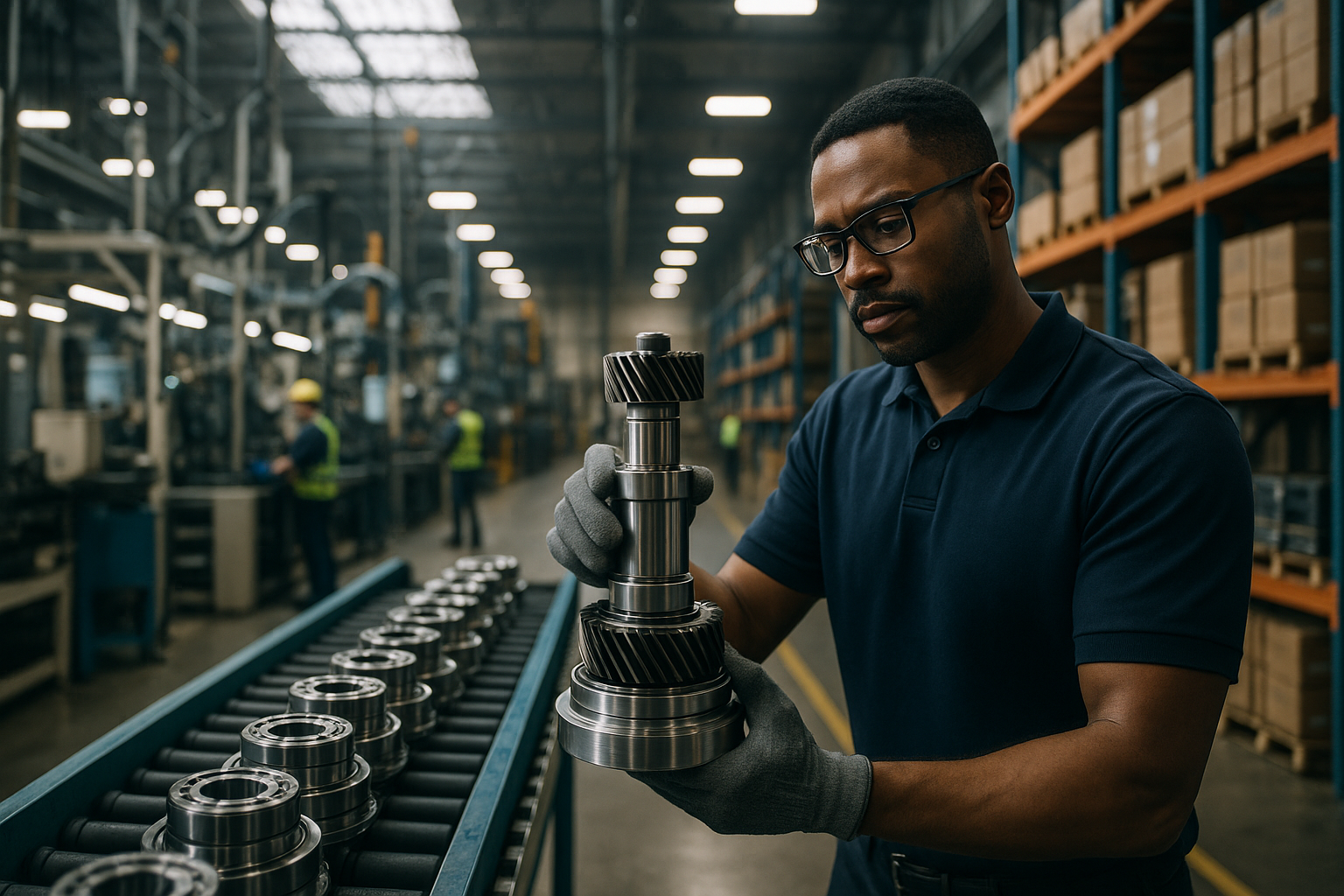The Intricate Dance Between Horsepower and Torque: Understanding the Heart of Your Vehicle
Introduction: Imagine you're seated in a powerful sports car, your foot poised above the accelerator, the engine humming like a swarm of bees. You press down, and the vehicle surges forward with an exhilarating rush of speed. But what's behind this thrilling dance of power and speed? It's the intricate relationship between horsepower and torque, the twin titans of automotive performance.

A Background on Horsepower and Torque
The concepts of horsepower and torque, although often interchanged, are distinct aspects of a car’s performance. Horsepower, first coined by James Watt in the 18th century, measures the work done over time, or how quickly the engine can accomplish a task. Torque, on the other hand, is the rotational force the engine can produce. It’s the torque that gives you the initial push when you start the car.
The Current Industry Trends
Today’s automotive industry is heavily focused on optimizing the balance between horsepower and torque. Automakers are constantly experimenting with new materials, engine designs, and technologies to enhance these parameters. Furthermore, the rise of computer-aided design tools and advanced simulation software has enabled engineers to fine-tune engines with a level of precision that was unimaginable in the past.
Impact, Benefits, and Challenges of Horsepower and Torque Optimization
Optimizing horsepower and torque has significant implications for vehicle performance. A car with high horsepower will be fast, but without sufficient torque, it might struggle with acceleration. Conversely, a high-torque vehicle may have impressive initial speed, but without adequate horsepower, its top speed could be limited.
The challenge for automakers lies in striking the right balance. There’s no “one size fits all” solution, as the optimal ratio depends on the vehicle type and its intended use. For instance, sports cars often prioritize horsepower for high speeds, whereas trucks need more torque for towing heavy loads.
The Science and Engineering Behind Horsepower and Torque
Delving deeper into the mechanics, horsepower is calculated as torque multiplied by engine speed, with a constant to account for unit conversions. This relationship is why you’ll often see torque and horsepower graphs cross at 5,252 rpm in specification sheets.
The engine’s design plays a critical role in its torque and horsepower characteristics. For instance, large-displacement, low-rev engines typically generate high torque at low speeds. Conversely, small-displacement, high-rev engines tend to offer high horsepower at high speeds.
The Future of Horsepower and Torque
Looking forward, the emphasis on horsepower and torque will continue, with manufacturers striving to push the boundaries of performance. The advent of new technologies, like variable compression ratios and advanced turbocharging, offers exciting avenues for further improvement.
At the same time, the shift towards more sustainable and efficient engines is prompting a rethink of traditional performance metrics. While horsepower and torque will always be crucial, the industry is increasingly acknowledging the importance of other factors, such as fuel economy and emissions, in the overall performance equation.
In conclusion, the dance between horsepower and torque is a fascinating aspect of automotive performance, a delicate balance that shapes the very heart of your vehicle. As automotive technologies evolve, so too will this intricate relationship, driving the continual evolution of the cars we know and love.




